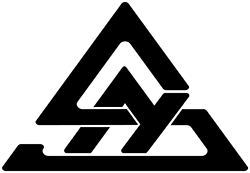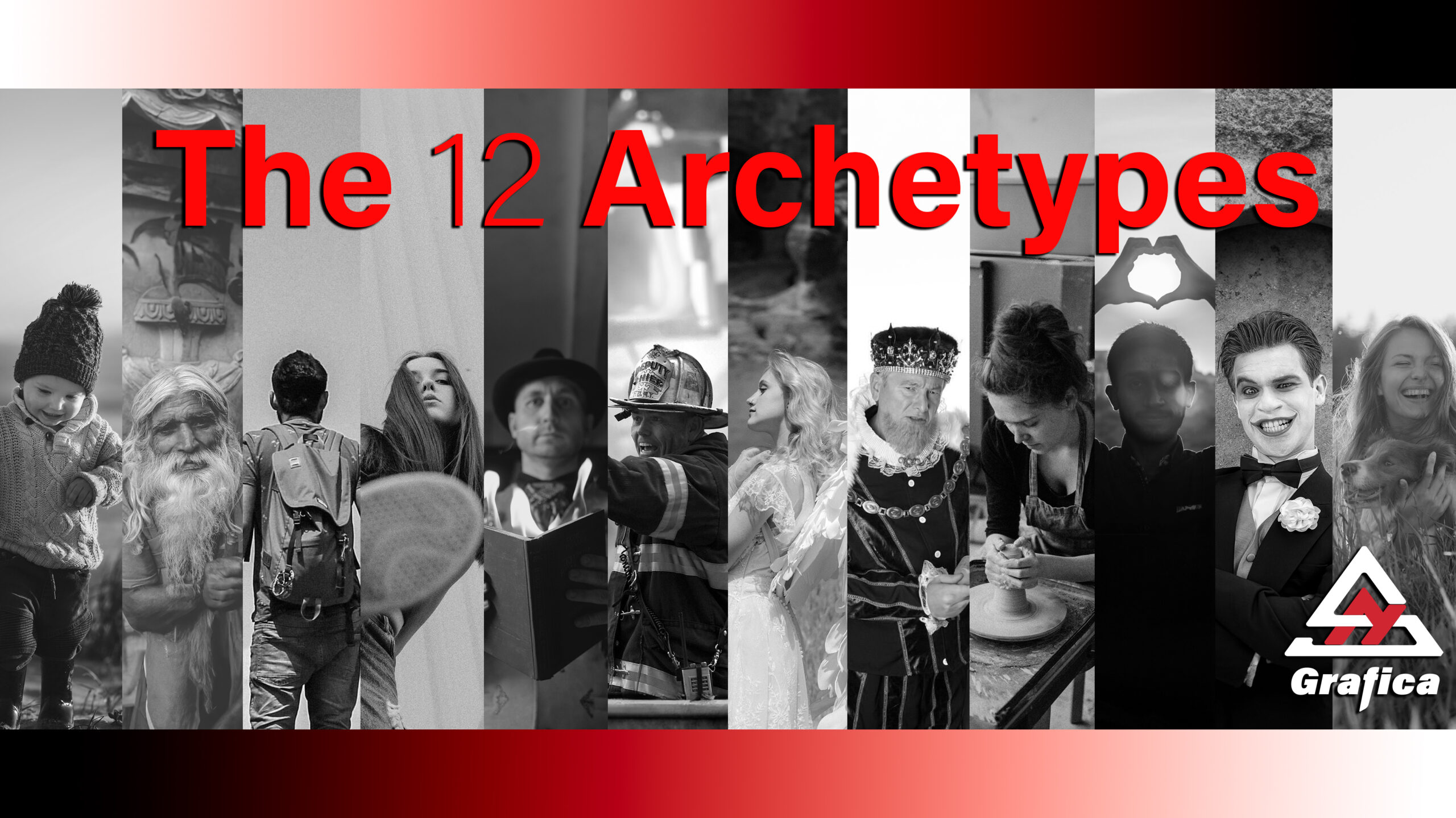Many cultural symbols that have established themselves over the years derive precisely from the image that some brands have built around their values. Coca-Cola, Apple, Nike or Nutella have consolidated themselves thanks to the choice to communicate messages that refer to universal models that catalog human behaviors of any culture. These models are precisely the archetypes. Let’s find out more closely what they are and how they can be used within the strategic definition of brand identity.
What is archetypal branding
Archetypal branding means an approach to building a brand based on universally recognized human behaviors. The goal of this approach is to create an emotional connection with your target and a distinctive identity. Brand archetypes can be used to develop a coherent communication strategy and to create a distinctive and recognizable image. However, it is important to emphasize that they are only conceptual tools and that each brand is unique in its identity and expression.
The word “archetype” comes from the Greek arché (“original”, “government”) and típos (“model”, “brand”, “exemplary”). The first theories on archetypes were created by Carl Gustav Jung, a Swiss psychiatrist and psychoanalyst. Jung argued that each of us comes into the world with a primitive model given by the unconscious and inherited from the experience of mankind over the millennia, a starting point for building one’s personal identity. He believed that there are typical unconscious behaviors in all human beings that guide the actions necessary to pursue primordial goals and cravings. In fact, each archetype is driven by a powerful desire and tends towards a specific objective.
Archetypes arrive in the marketing sphere thanks to Margaret Mark and Carol Pearson’s work “The Hero and the Outlaw. Building extraordinary brands through the power of archetypes”, in which the authors analyze the most famous brands that have had the most success with the public thanks to models identified with the archetypes.
Using archetypal branding within your strategy means choosing one or more archetypes that best identify the brand, values, mission and are best suited to satisfying the public’s desires.
What are archetypes for?
Archetypal branding aims to bring together the personality of the brand, the image that represents it and communication with the end customer. Just like the character in a fairy tale who relates to the readers.
Archetypes are very useful in bringing out the soul of the brand, so that it is also that of the end customer. They manage to design the atmosphere and visual style of the brand, therefore colour, font, images etc., but also the communication style and tone of voice to adopt. Therefore, to achieve integrated and coherent communication through the definition of solid guidelines.
It should be remembered, however, that even if you choose the same archetypes of another brand it does not mean that the two are the same. In fact, using archetypal branding does not imply assigning labels, but knowing a character, his strengths and weaknesses, aspirations and fears, aspects that differentiate each company.
Jung’s 12 archetypes
Jung cataloged 12 archetypes, divided by fundamental needs, namely:
- independence – search for peace and serenity (innocent, wise, explorer)
- change – leave an imprint (rebel, magician, hero)
- stability – giving structure (angel, ruler, creator)
- belonging – creating relationships (lover, joker, friend)
In the next articles we will delve into the 12 archetypes one by one.

